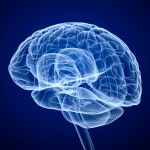
News • Long-term support
Stroke: Lethal risk even without complications
People who survive a stroke or a mini-stroke without early complications have an increased risk of death, another stroke or heart attack (myocardial infarction) for at least 5 years following the initial stroke, found a new study published in the Canadian Medical Association Journal.
























